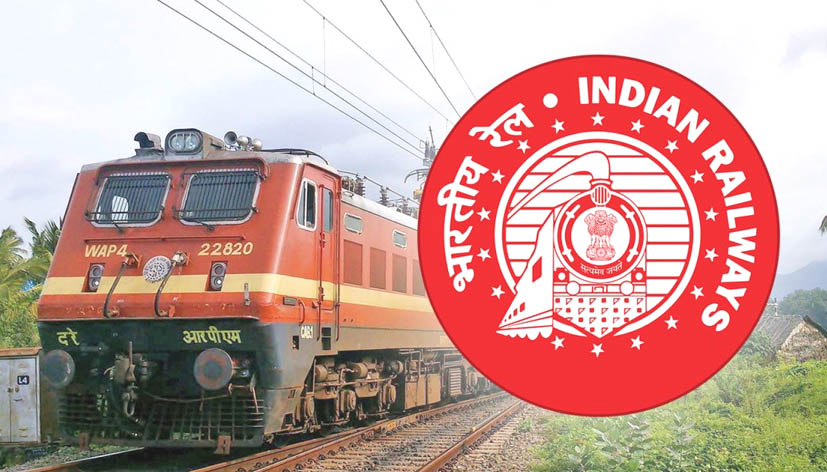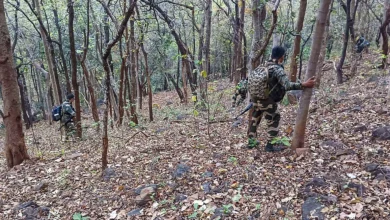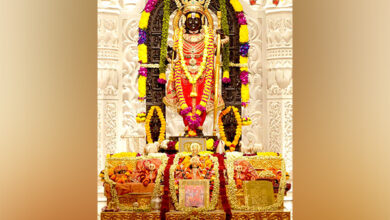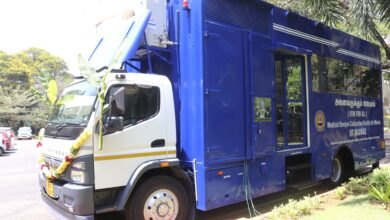Indian railways canceled Rs 470-crore contract, Chinese firm moves Delhi High Court


The World Bank, which is funding the Eastern Dedicated Freight Corridor, has not given a no-objection certificate for the termination yet. Railways has decided to not wait for the World Bank and fund this portion of the project on its own.
“We have served the termination letter today. We would like this work to be done by some Indian player. We are drawing fresh specifications for a re-bid to that effect,” said Anurag Sachan, Managing Director of Dedicated Freight Corridor Corporation of India Limited (DFCCIL).
The Chinese company has approached the Delhi High Court to prevent the DFCCIL from encashing its bank guarantee. The matter was heard on Thursday.
“We will go by Indian standards and specifications for the work now,” Sachan said.
A subsidiary of Chinese major China Railway Signal and Communication Corporation (CRSC) bagged the contract for signaling works of over 400 km railway lines between New Bhaupur (Kanpur) and Mughalsarai (now Deen Dayal Upadhyay) section for Rs 470 crore.
Earlier, officials had said that the process to eliminate the Chinese company from the DFC project had started as early as the month of January 2019 as the firm had failed to finish its work within the given time period. By then, the Chinese company had only managed to finish 20 per cent of the work, the officials told PTI.
The Eastern Dedicated Freight Corridor or Eastern DFC is a freight specific railway corridor under construction from the northern to eastern part of India and is scheduled to be completed by 2022.
The move to terminate the contract comes in the backdrop of strained ties between India and China after 20 Indian soldiers were killed in a fierce clash with Chinese troops in the Galwan Valley in eastern Ladakh last month.
Earlier another Railway PSU, RailTel had scrapped a tender for its coronavirus surveillance thermal cameras after Indian vendors complained of favouritism towards a Chinese firm.



